Apple announced the Apple Vision Pro during WWDC 2023 and launched the headset the following February. The device marked Apple's official entry into a mixed-reality headset, seen as a direct competitor to VR headsets like Meta's Quest headsets.
The Apple Vision Pro provides wearers with what Apple dubs as a "spatial computing" experience — where digital elements are blended with a wearer's real-world surroundings.
The Apple Vision Pro could see a second iteration as soon as 2025.
Apple Glass is a rumored mixed-reality wearable similar to Google Glass. It could ultimately be what Apple builds based on spatial computing technology.
Jon Prosser claimed to have seen early prototypes of Apple's glasses in 2020 and predicted a 2021 release, but nothing was announced that year. In May 2021, Prosser suggested a "heritage edition" of the glasses, which Mark Gurman contradicted.
Gurman also stated that the glasses and VR headsets are two distinct devices, with the VR headset being the Apple Vision Pro. Prosser agreed there are two devices but disagreed with Gurman's 2023 timeline for the glasses. It is now clear that Prosser's predictions regarding the glasses were mostly incorrect, possibly based on early prototypes of the Apple Vision Pro or simply fabrication.
Rumors suggest Apple is still developing the Apple Glasses for a future release. Apple Vision Pro 2 and a more budget-friendly headset are also in active development.
Apple CEO Tim Cook allegedly only has eyes for smart glasses and it's the only thing he's focused on from a product development standpoint. A potential release of such AR glasses could come at any time depending on how far Cook wants the technology to go.
Until glasses are possible, the Apple VR headset will be the company's focus.
Everything mentioned in the page below was written before Apple announced the Apple Vision Pro.
"Apple VR" is the company's rumored virtual reality headset. Most leaks relating to Apple's headset plans have pointed to a pair of augmented reality glasses, informally dubbed "Apple Glass." However, several reports have hinted at a premium VR or mixed-reality headset arriving first.
Apart from scattered patent filings, which don't often make their way into finished products, leaks about "Apple VR" have only recently begun to surface. The bulk of the product's leaks had come in early 2021, with multiple reports and analysts pointing to an expensive headset with cutting-edge technology arriving in 2023.
Rumors suggest that Apple could call the headset "Reality Pro," however, this name would break several naming conventions. Apple generally doesn't name something "Pro" without having a non-pro version. Also, new products in the last decade either use "Apple" or other monikers to signify the company's brand.
Registered trademarks
A series of filings linked to Apple have been found in a number of countries, including the U.S., the E.U., U.K., Canada, Australia, New Zealand, Costa Rica, and Uruguay. They all apply to the terms "Reality One," "Reality Pro," and "Reality Processor."
A shell company named Immersive Health Solutions LLC filed the trademarks, but it is believed to be a shell corporation owned by Apple based on clues. It uses many of the same high-profile law firms associated with Apple, and was incorporated in February.
"Apple VR" vs. "Apple Glass"
Apple CEO Tim Cook has said he believes augmented reality (AR) has more long-term potential than virtual reality (VR). However, since today's VR technology is more mature and easier to produce, a premium VR or extended reality (XR) headset could give developers and Apple's designers a warmup run for "Apple Glass."
VR cuts users off from their environment, fully immersing them in a virtual world. Meanwhile, AR overlays virtual objects, UIs, and characters on top of the user's real-world environment. Mixed reality (MR) can refer to a headset that incorporates elements of both. All of these technologies use two lenses that combine two slightly different images to achieve a stereoscopic 3D illusion.
Apple's rumored approach would be much more advanced than early AR beta products like Google Glass. Google's head-worn device showed flat UI elements seen only in the corner of one lens. Its interface was much closer to that of a smartwatch than to VR.
Like Microsoft HoloLens and Magic Leap 1, modern AR can create the illusion of video-game characters leaping across your room or a virtual table sitting on your living room floor. Today's premium AR headsets sense your environment and place 3D graphical elements accordingly. This is what Apple will ultimately aim for with its AR glasses, though in a smaller form factor.
The form factor further compounds the complexity of AR glasses. A VR headset can be a relatively bulky visor – more like scuba goggles than eyeglasses. The ideal AR headset would be something you can wear all day, appearing more like a pair of prescription glasses. "Apple Glass" would require much greater degrees of miniaturization and efficiency.
Apple's VR or MR headset reportedly has the codename N301. The company hasn't finalized its plans and could still scrap them before reaching consumers. Meanwhile, the more consumer-friendly AR glasses are codenamed N421 and could be years away from launching – 2025 or later.
There is increased interest in the "Metaverse" where people can go and interact with each other in virtual environments. However, it is rumored that Apple will primarily position the headset as a gaming and development tool.
"Apple VR" Features
VR headsets aren't exactly new to the market. Sony, Samsung, Oculus, and others have long pioneered the technology as the future of software interaction.
Apple is expected to refine the approach and introduce a headset that will do more than just virtual reality, but augment reality in a mixed AR and VR environment.
Design
Compared to AR glasses, "Apple VR" would be heavier and look like existing VR headsets. It would be about the size of Facebook's Oculus Quest 2, though with a curved visor on its front.
Like Facebook's headset, "Apple VR" would be a standalone product with a built-in battery. Unlike PlayStation VR or Valve Index, you wouldn't need to connect it to a gaming PC, console, or another external processing source.
Late-stage prototypes and concept images of the device show a curved visor that attaches to the face with a mesh material and swappable headbands. Early renders show a simple headset design with bands similar to Apple Watch and bands akin to the AirPods Max.
The headset would be enclosed, allowing full VR experiences isolated from the real world. However, it would also support AR passthrough by using cameras. This contrasts with "Apple Glass," which continually shows your real environment through transparent lenses.
The headset will reportedly have a fabric exterior. While Apple typically uses metal casings for its products, the fabric would help keep the headset's weight down. It may also support swappable headbands, and Apple is allegedly prototyping one headband with a built-in battery.
A Ming-Chi Kuo report in December 2021 says the headset will weigh less than a pound. A second-generation model will be even lighter.
To keep weight down, some rumors point to Apple implementing an external battery pack. This battery pack would be placed in the wearer's pocket to keep weight and heat off of the headset.
Processor and Display
According to leaks, Apple has tested chips for its VR headset that outperform the M1 processors found in the latest Macs. Apple could use a custom version of M1, M1 Pro, or M1 Max in the headset built specifically for VR applications.
"Apple VR" will also have a much higher-resolution display than those found in existing VR products. Among current consumer headsets, the HP Reverb has the highest resolution. It offers 2160 x 2160 for each eye, totaling 4320 x 2160 combined resolution.
The Apple headset will reportedly use ultra-high-resolution 8K displays. Such a pixel-dense screen would produce an ultra-sharp image without any "screen door effect," the term used for early VR headsets' tendency to display visible pixels. An 8K display would also allow for more realistic environments, increasing the user's overall feeling of presence.
Powering an 8K display would be a significant task for even Apple's best in-house chips. The company is allegedly approaching that by incorporating foveated rendering. This technology tracks the user's eyes, only prioritizing graphical detail in the section the user is looking at. Portions of the virtual image in the user's peripheral vision have downgraded quality.
Foveated rendering requires ultra-precise eye-tracking that hasn't yet made it into mass-market VR headsets. However, once companies nail down the technology, foveated rendering will present high-fidelity graphics more efficiently, without any noticeable drop in visual detail.
A 2020 report suggested Sony would be supplying OLED panels for Apple's VR or AR initiatives. Other reports suggest Apple would use micro OLED displays as opposed to standard OLED.
xrOS and software
Every Apple product runs some kind of operating system and software and the upcoming VR headset is no exception. Hints to Apple's naming convention for this new operating system has been discovered through various code leaks and documentation.
Like iOS for iPhone, macOS for Mac, and tvOS for Apple TV, the Apple VR headset could run something called "rOS" or "xrOS." A trademark filed by a company called "Realityo Systems LLC" was filed for something called realityOS to be published on June 8, 2022, suspiciously close to the WWDC keynote taking place on June 6, though that didn't pan out into anything.
Mark Gurman shared information about the internal project, saying Apple had chosen the name "xrOS" for the operating system used in Apple VR. An initial announcement was rumored to take place in January 2023, but that didn't happen.
Ming-Chi Kuo suggested that the hardware manufacturing was on schedule for mass production in 2023, but the xrOS development may push the hardware release later into the year.
The headset is expected to be capable of running iPad apps without much intervention from developers, if any. There will also be meditation and Apple Fitness+ products that will launch after the headset goes on sale.
Cameras and Hand-tracking
Apple's headset prototypes include outward-facing cameras that could enable some AR features and support hand tracking.
Today's VR headsets primarily rely on motion controls. Somewhat similar to Wii remotes, they include motion sensors that track the user's hand movement and, in the case of the Valve Index, finger movement. While wearing the headset, users will typically see virtual hands that move in real-time along with the remotes.
FaceTime calls and other interactions could be completed via an animated Memoji. Since the user's face will be obscured by the headset, it would use cameras to track facial expressions and map them to a Memoji instead.
SharePlay is also expected to be heavily featured for the Apple VR headset. Users will be able to see movies and listen to music together while interacting in VR.
In addition to hand- and eye-tracking, Apple is also developing other control mechanisms. One possible method would be a thimble-like device worn on a user's finger that could allow them to control software. It isn't clear if that accessory will be bundled with "Apple VR" or sold separately.
Multiple reports have suggested Apple will use LiDar in its MR headset. The technology, which Apple has used in the 2020 iPad Pro and iPhone 12 series, dramatically improves environmental mapping for AR experiences. It can place virtual objects in a real-world environment more accurately, and it may enhance hand tracking as well.
Ming-Chi Kuo says that the Apple VR headset will feature 15 cameras for tracking and biometrics. Eight would be used for passthrough images so the wearer could see the world while wearing the helmet. Six would be used for biometrics, however, what this means is unclear. The final camera would be used for environmental detection.
Cooling
Apple is also planning on building a fan into its headset. The company typically avoids fans in its mobile devices, but a proper cooling system is essential in today's standalone VR. Even today's most efficient mobile processors would risk overheating under high-end VR demands without cooling to dissipate heat.
A VR system needs to process two simultaneous graphical feeds to power each lens's view, each from a slightly different angle. Each lens' video is graphically demanding and continually shifting in response to the user's head movement. The graphics also need to have high resolutions and support a minimum of 60 frames per second.
The standalone headset would also include a built-in battery, sparking further heating concerns. A fan would be essential to maintain safe operating temperatures under these demanding conditions.
Prescription Lenses
Supposedly, Apple plans on allowing customers to order custom prescription lenses. They could insert these into the headset over the VR displays.
Selling prescription lenses would require Apple to work within regional government regulations. The company hasn't yet decided how to approach perceptions during online or retail sales.
While patents don't always predict a final product, Apple filed one that would use fluid and pressure to adjust the user's prescription on the fly. However, it isn't clear whether Apple would use this patent for VR, AR, both, or neither.
Rumors suggest that Apple could implement eye tracking and iris scanning for controls and biometric authentication. The headset would use the iris identification to authorize Apple Pay purchases or logins.
Price and Release Date
Apple is planning on pricing its headset "above the $300 to $900 of its rivals," and possibly as high as $3,000. The only current mass-market standalone VR headset is the $299-and-up Oculus Quest 2. Apple's device would use much higher-quality components while prioritizing user privacy.
The high price may mean a commercial-focused pricing plan like leasing the hardware or paying subscriptions for software. Hololens has a similar business model, though Apple is expected to target the headset at both consumer and commercial buyers.
Apple views its initial VR or MR product as a niche project that will sell in low volume, similar to the Mac Pro. On average, Apple is expected to sell one headset per day for each Apple Store. Its less-mainstream nature allows Apple to pave the road for its future AR glasses. Many of the underlying technologies and software content could carry over to the smaller and more consumer-friendly form factor.
Many companies are pushing into augmented reality, virtual reality, and the newly dubbed "multiverse." While Apple hasn't taken an official position on the multiverse, it likely won't sit on the sidelines while its competitors build a new world for users to interact within.
Apple has allegedly shown a working demonstration of the rumored VR headset to its board in May 2022.
Rumors of a second-generation headset have been shared by Kuo from time to time, suggesting it would have improved technologies that enhance the experience. The second-generation headset would also have multiple price tiers with high-end premium and low-end budget lines for consumers, shipping in early 2024.
As Apple hasn't yet finalized its plans, we don't yet know the headset release date. It could reportedly launch in 2023 with an announcement during June's Worldwide Developer's Conference possible.

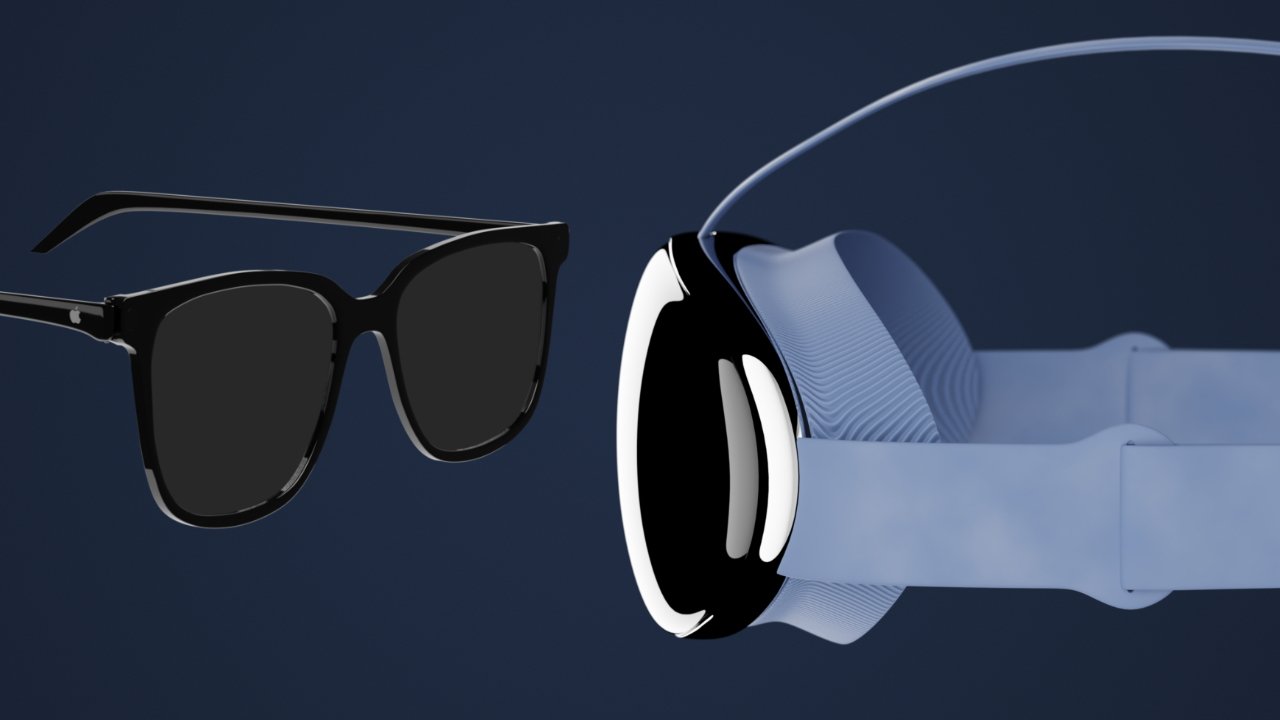
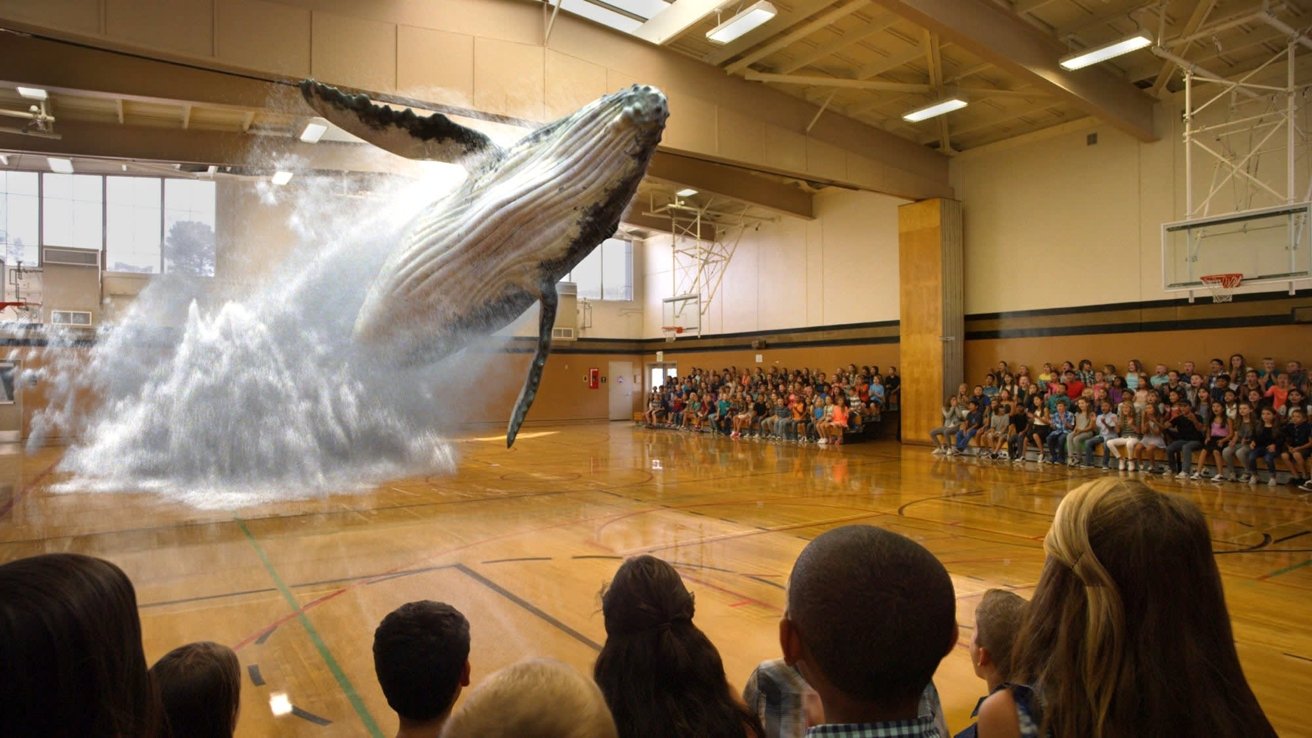
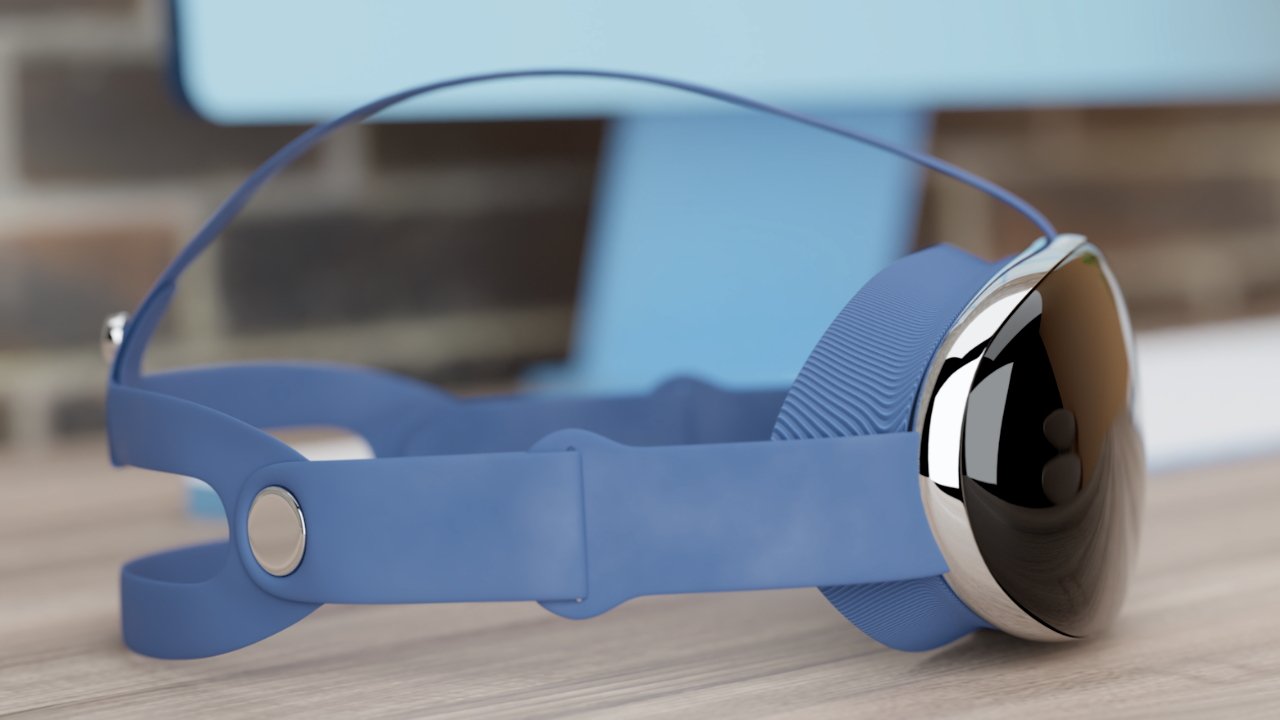

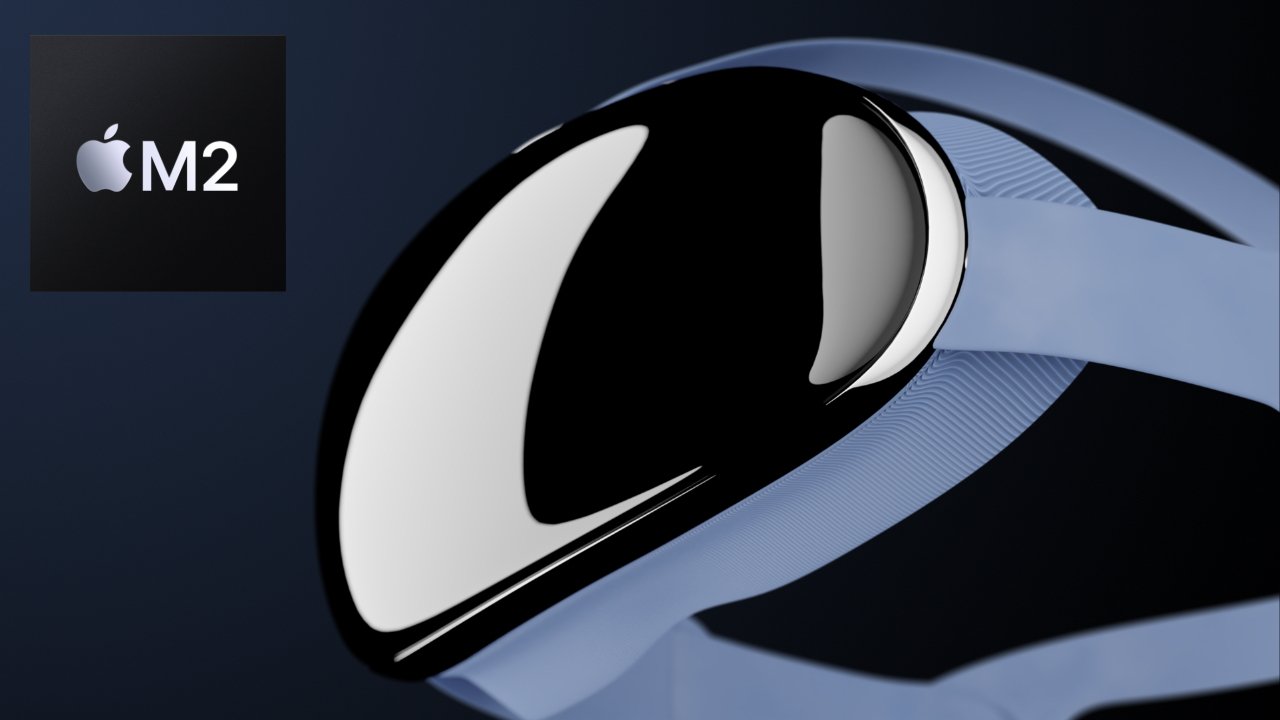
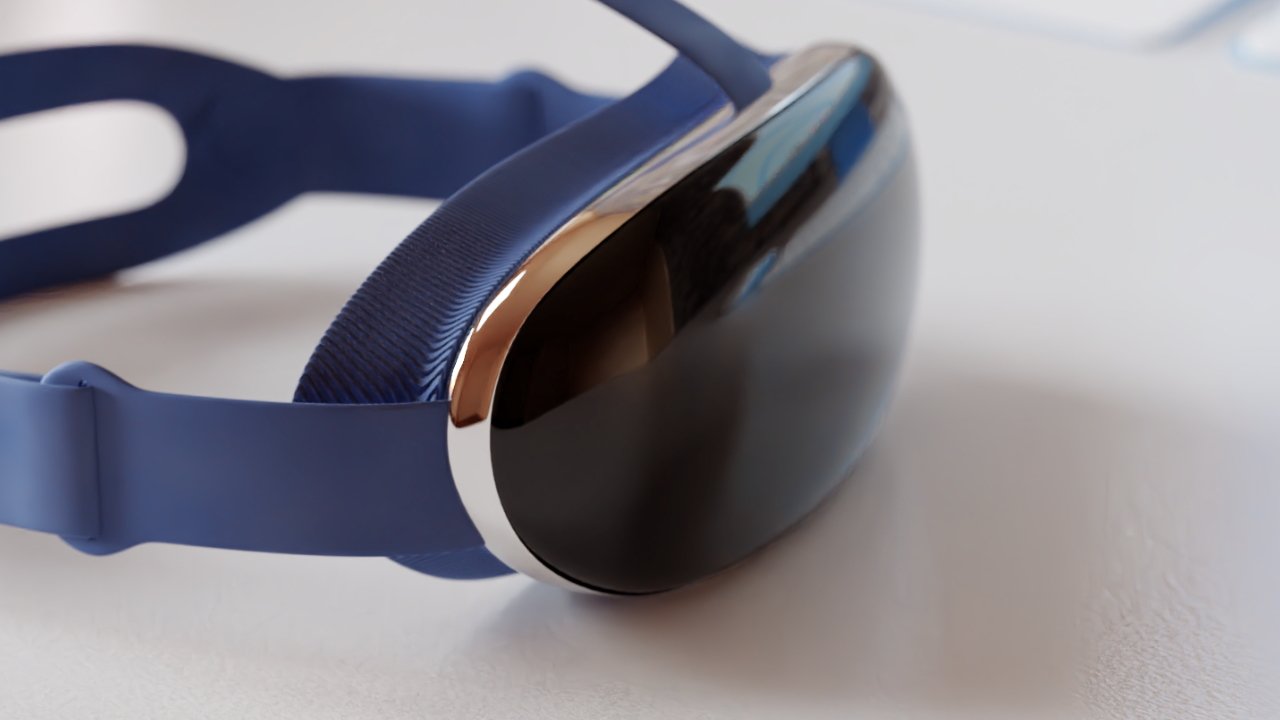
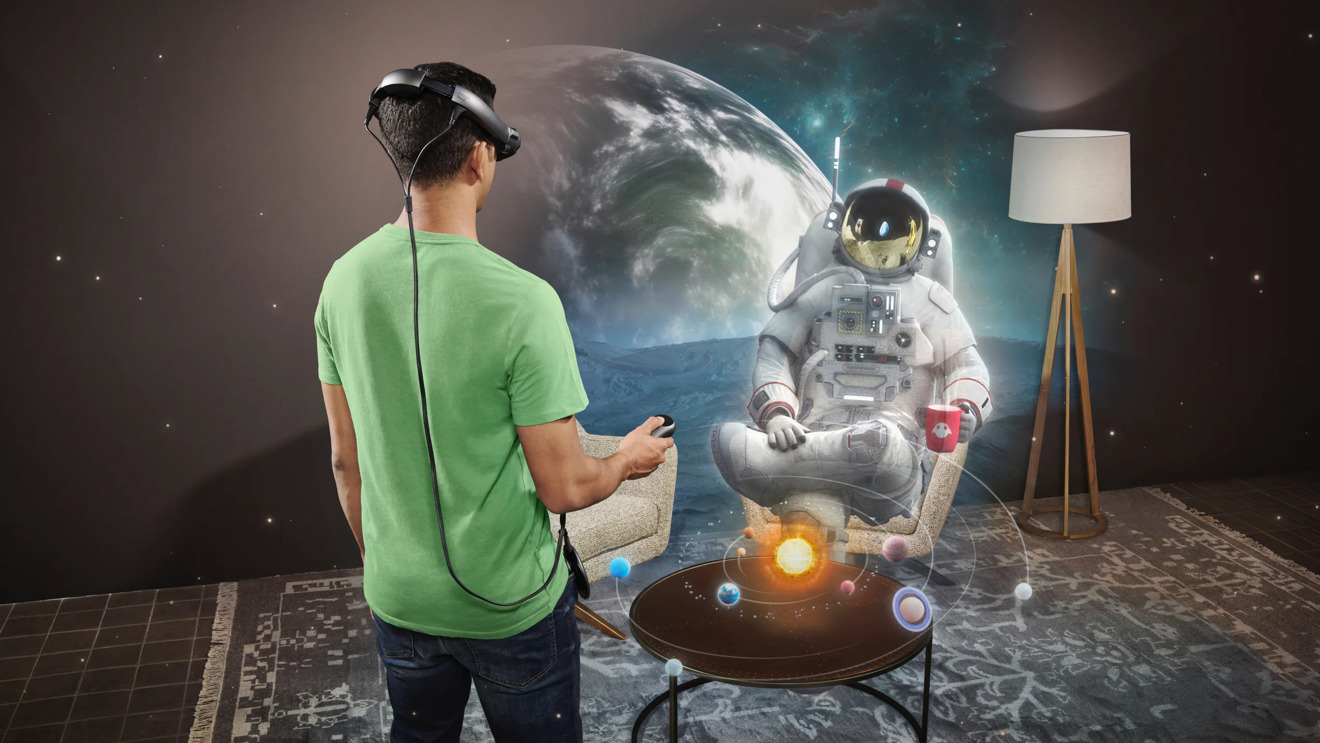
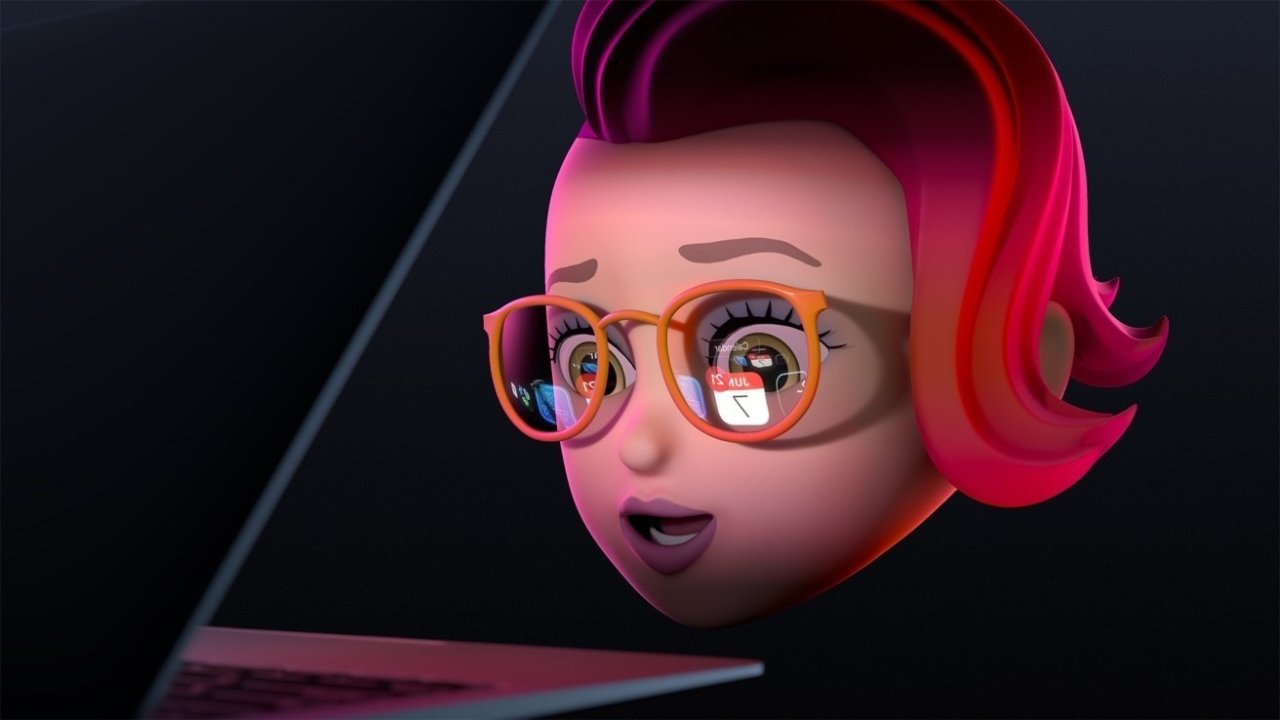
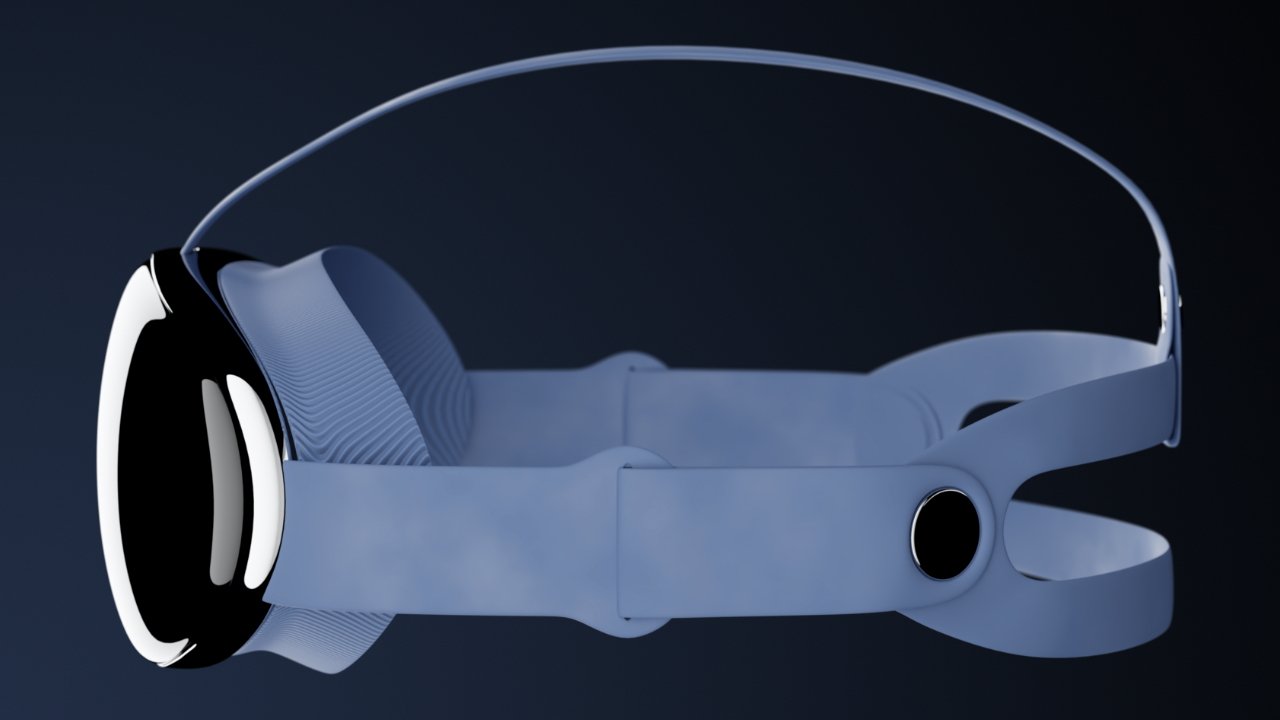
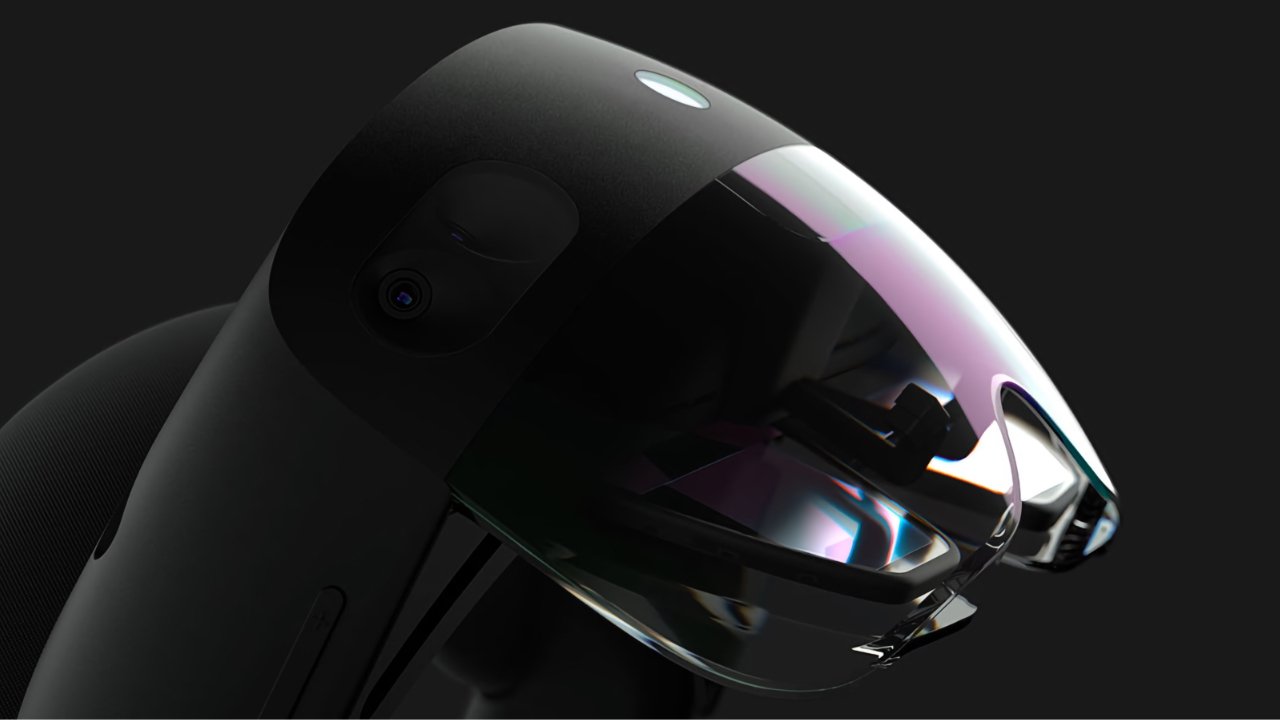
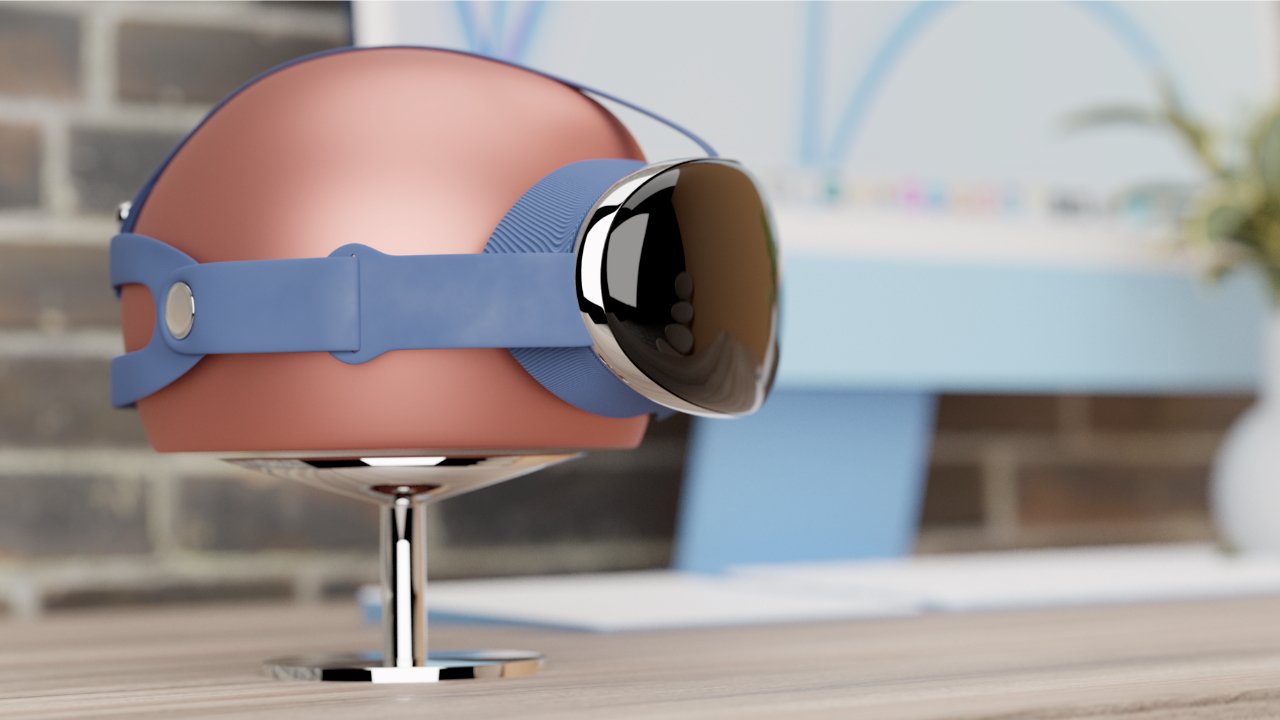
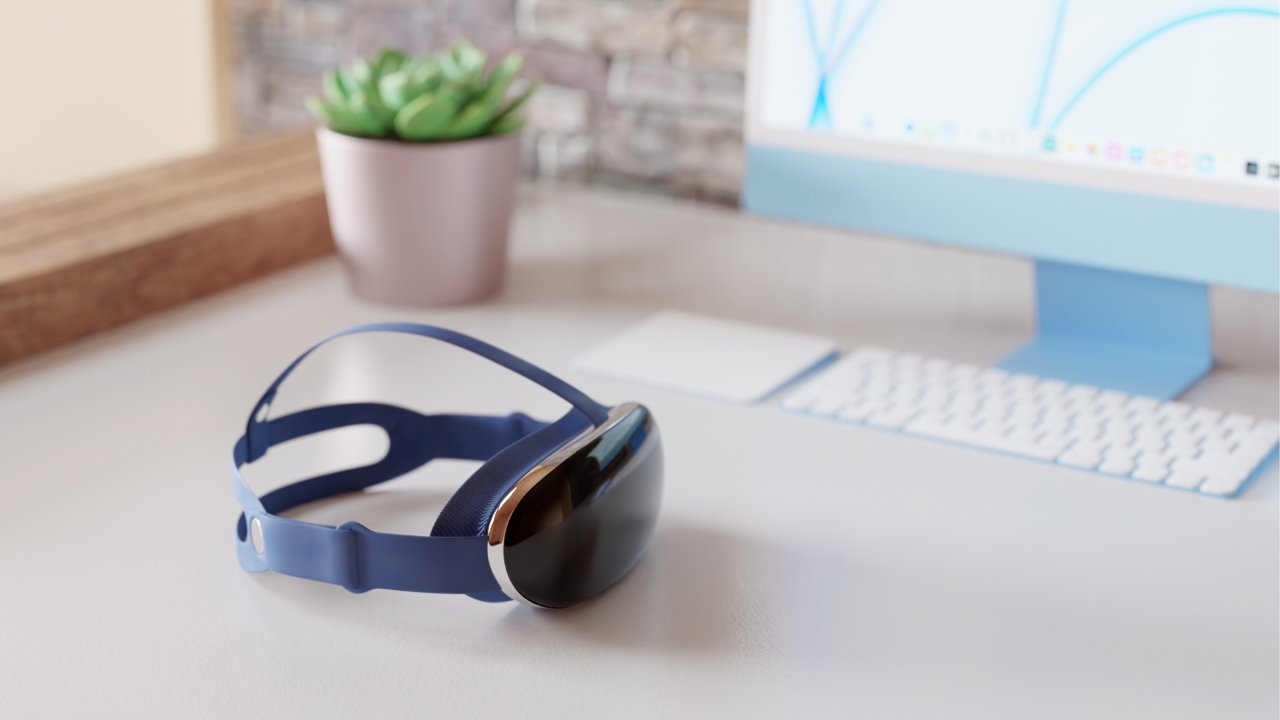
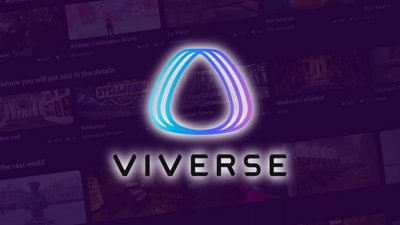
 Malcolm Owen
Malcolm Owen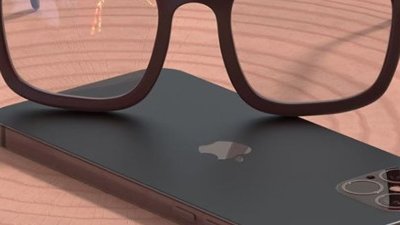
 Amber Neely
Amber Neely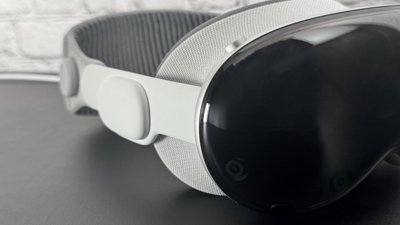
 Marko Zivkovic
Marko Zivkovic
 Thomas Sibilly
Thomas Sibilly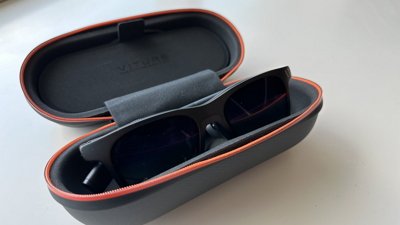
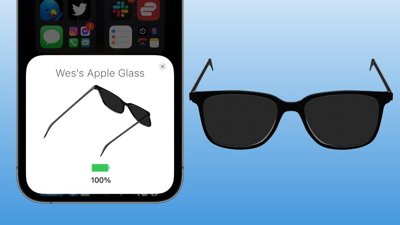
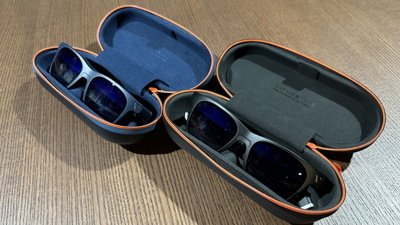
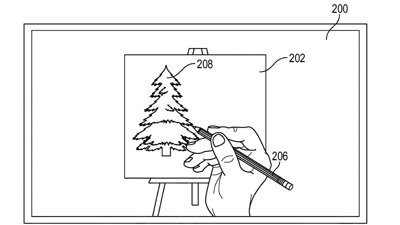
 David Schloss
David Schloss
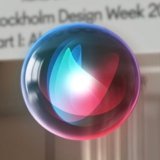 M1Astra .
M1Astra .
